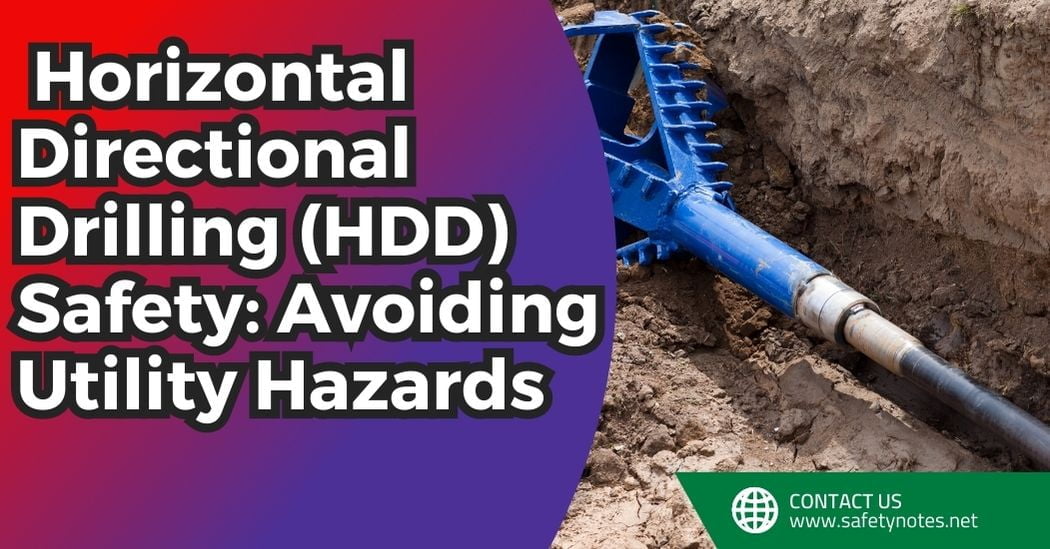Directional Drilling: Engineering the Future of Subsurface Access
Directional boring has emerged as a revolutionary technique that is reshaping how we access and utilize underground resources. Unlike traditional drilling methods that typically involve a vertical borehole, directional drilling allows for more versatility, enabling operators to drill at different angles and depths. This innovation is essential for industries such as oil and gas, public services, and renewable energy, where accurate and effective access to underground assets is paramount. As cities continue to expand and the demand for sustainable infrastructure grows, directional drilling stands at the cutting edge of engineering solutions that reduce surface disruption and enhance project efficiency.
Over the years, the evolution of directional drilling technology has been nothing short of remarkable. From its humble beginnings to the complex methods and equipment we see today, this drilling approach has continually adapted to meet the demands of modern projects. Understanding view it of directional drilling, such as sideways and upright drilling, is important for professionals and enthusiasts alike. By exploring the fundamentals and uses of this technology, we can appreciate how directional drilling not only improves resource extraction but also plays a key role in supporting city infrastructure and environmental sustainability.
Forms and Applications of Directional Wellbore Boring
Directional drilling encompasses various techniques designed to meet specific project needs. The primary types include horizontal boring, which allows for boring horizontally to the earth's surface, and vertical boring, which goes perpendicularly. Other methods, such as multi-lateral drilling, enable various wellbores to be bored from a one parent well, optimizing reservoir access. Each type serves distinct applications, ensuring the utmost efficient exploration and extraction of materials.

In the petroleum industry, directional drilling is critical for accessing difficult-to-access reserves without the need for large-scale surface disruption. This method has changed how companies approach resource extraction by limiting environmental impact while maximizing output. Beyond fossil fuels, directional drilling is also vital in the utility sector, where it facilitates the installation of pipe installations and cables underground, minimizing surface disturbances in urban areas.
Renewable energy projects are also utilizing directional drilling to improve site access and resource extraction. Whether installing geothermal wells or installing wind farm foundations, this technology supports eco-friendly energy initiatives while preserving the health of surrounding ecosystems. As sectors continue to develop, the versatility and adjustability of directional drilling ensure it remains a key player in modern engineering and infrastructure development.
Advantages and Benefits of Horizontal Boring
Horizontal boring offers major advantages over traditional drilling methods, primarily in aspects of efficiency and precision. By enabling drillers to drill at different inclinations, it allows access to resources that would be challenging or hard to access with vertical drilling by itself. This ability not only maximizes material extraction but also minimizes the number of drilling locations needed, thus minimizing ecological impact and disturbances to the surrounding area.
Moreover, horizontal boring drastically reduces ground disruption. This is particularly advantageous in city areas where space is limited and the chance of harming current infrastructure is elevated. The capability to maneuver around obstacles ensures that drilling can take place beneath streets, buildings, and other edifices without the need for extensive surface digging or demolition, preserving the stability of the city landscape.
In furthermore to conserving duration and costs, directional boring is more and more recognized for its ecological benefits. The method minimizes land usage and lowers the greenhouse gas footprint associated with boring operations. Furthermore, its precision helps avoid fragile ecological areas, ensuring that initiatives conform with sustainability goals. As sectors continue to focus on -friendly practices, directional boring stands out as a vital technique for upcoming developments.
Future Developments in Horizontal Boring Techniques
As the demand for increasingly effective and minimally disruptive drilling methods increases, the prospects of horizontal drilling methods looks encouraging with numerous emerging trends. One of the most significant developments is the incorporation of artificial intelligence and automated systems into drilling processes. These tools are improving drilling precision, enabling for instantaneous data analysis and flexible decision-making during drilling projects. This allows for operators can modify their approaches on the fly, leading to quicker completion times and lowered costs.
Another noteworthy trend is the use of advanced software and monitoring technology. These systems provide superior monitoring functions, allowing for improved bore tracking and safety evaluations. The advancement of data analysis will allow operators to anticipate drilling difficulties before they happen, further enhancing project results. This combination of intelligent technology and conventional engineering practices is set to transform how directional drilling projects are overseen and carried out.
Lastly, the trend towards eco-friendliness is shaping the future landscape of directional drilling. Techniques that reduce ecological effects are growing increasingly important, especially in vulnerable locations. Innovations like sustainable drilling fluids and processes designed to additionally minimize surface disruption are essential for adhere to regulatory standards and community expectations. As the industry embraces these green practices, directional drilling is set to play a critical role in facilitating the development of infrastructure that is both effective and environmentally responsible.